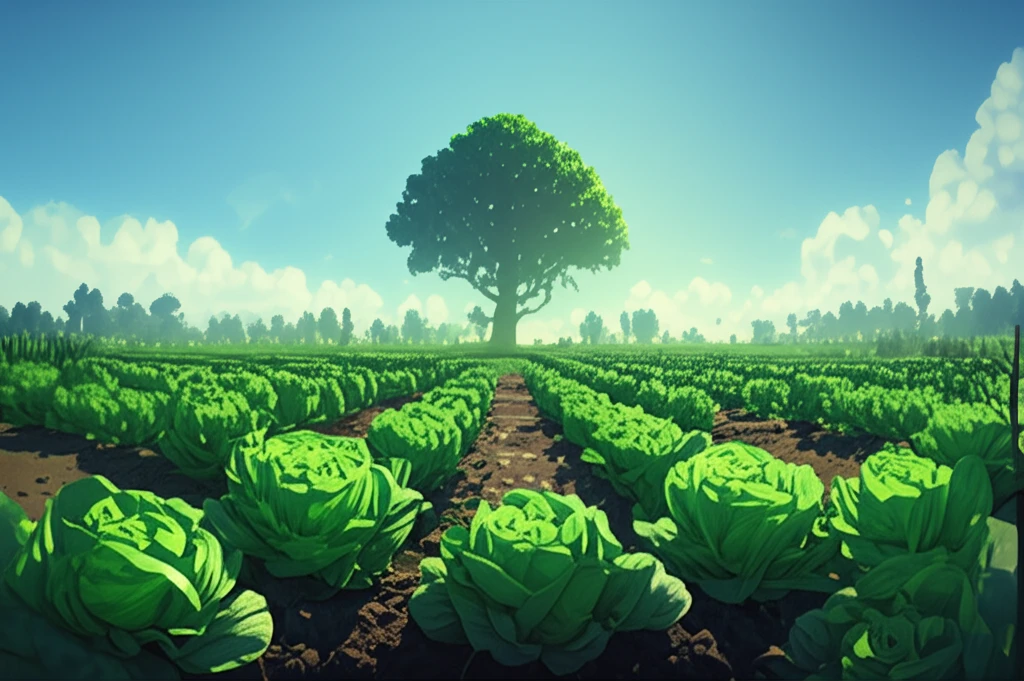
Lettuce Grow: The Secrets to Bountiful Harvests with Natural Fertilizers
"Unlock the potential of organic farming: Learn how to maximize lettuce production using green manure and sustainable practices for a healthier garden and planet."
Lettuce, a staple in salads and sandwiches, is a vital crop worldwide. In Brazil, ensuring a consistent supply of quality lettuce requires careful planning and attention to local climates. As more people seek healthier and sustainable food options, organic farming methods are gaining popularity. These methods focus on using natural resources and minimizing environmental impact.
Traditional lettuce farming often relies on chemical fertilizers, which can harm the environment and raise production costs. But there's a greener alternative: green manure. This technique involves using plant debris to enrich the soil, improving its organic matter and nutrient content. It's a cost-effective and eco-friendly way to boost crop yields and support sustainable agriculture.
One promising green manure option is roostertree (Calotropis procera), a drought-resistant plant native to semiarid regions. Studies have shown that roostertree biomass can significantly enhance the production of various crops. But how does it work for lettuce? And what's the best way to use it? This article explores the secrets to growing abundant lettuce crops using roostertree manure, offering practical tips for both home gardeners and commercial farmers.
Why Choose Green Manure for Your Lettuce?

Green manure offers numerous advantages over chemical fertilizers. It improves soil health, reduces reliance on synthetic inputs, and promotes biodiversity. Roostertree, in particular, is an excellent choice due to its drought resistance and high biomass production, even in challenging environmental conditions. When properly incorporated into the soil, roostertree biomass releases essential nutrients, creating a fertile environment for lettuce to thrive.
- Improved Soil Health: Enriches the soil with organic matter and essential nutrients.
- Reduced Chemical Use: Decreases the need for synthetic fertilizers and pesticides.
- Cost-Effective: Utilizes locally available resources, reducing production costs.
- Environmentally Friendly: Promotes sustainable agriculture and reduces environmental impact.
Ready to Grow Your Own Bountiful Lettuce?
Embracing green manuring techniques with roostertree biomass can revolutionize your lettuce farming practices. By understanding the optimal amounts and incorporation times, you can achieve higher yields, improve soil health, and contribute to a more sustainable future. Whether you're a small-scale gardener or a commercial farmer, these insights can help you cultivate thriving lettuce crops while minimizing your environmental footprint. Start experimenting with roostertree manure and discover the secrets to a greener, more productive garden today!
